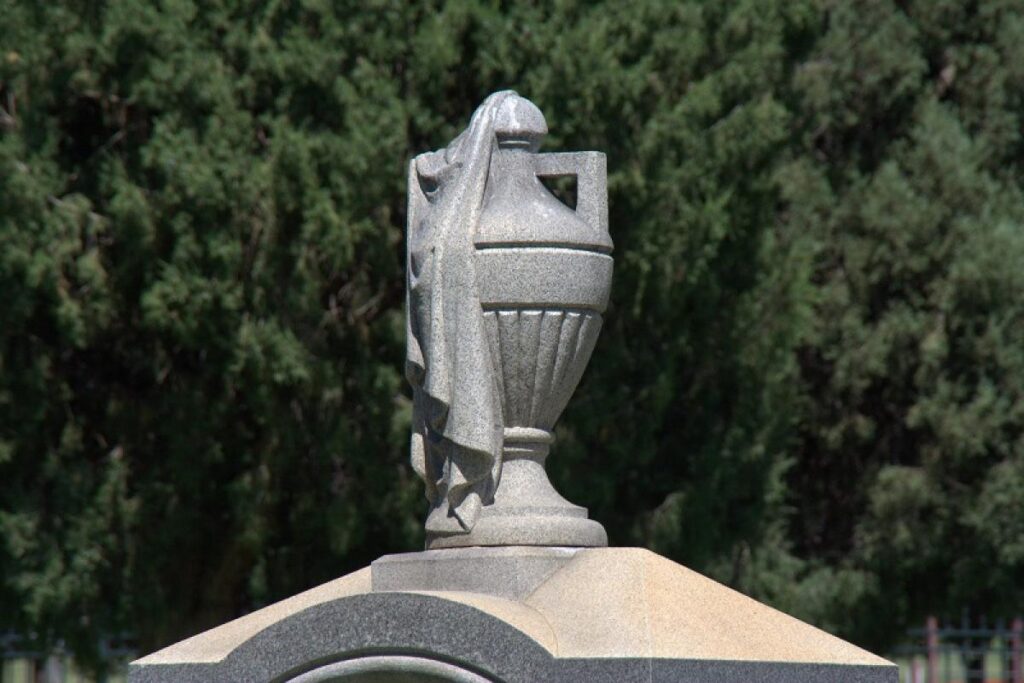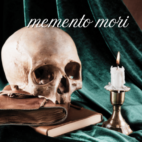Mortality Symbolism in Funerary Art
Mortality symbols in funerary art serve as visual reminders of life’s impermanence and the inevitability of death. These symbols, ranging from skulls and hourglasses to crossed bones and extinguished torches, reflect cultural attitudes toward mortality and the afterlife across different eras. There are hundreds of mortality symbols used in funerary art, but these are some of the most recognizable.
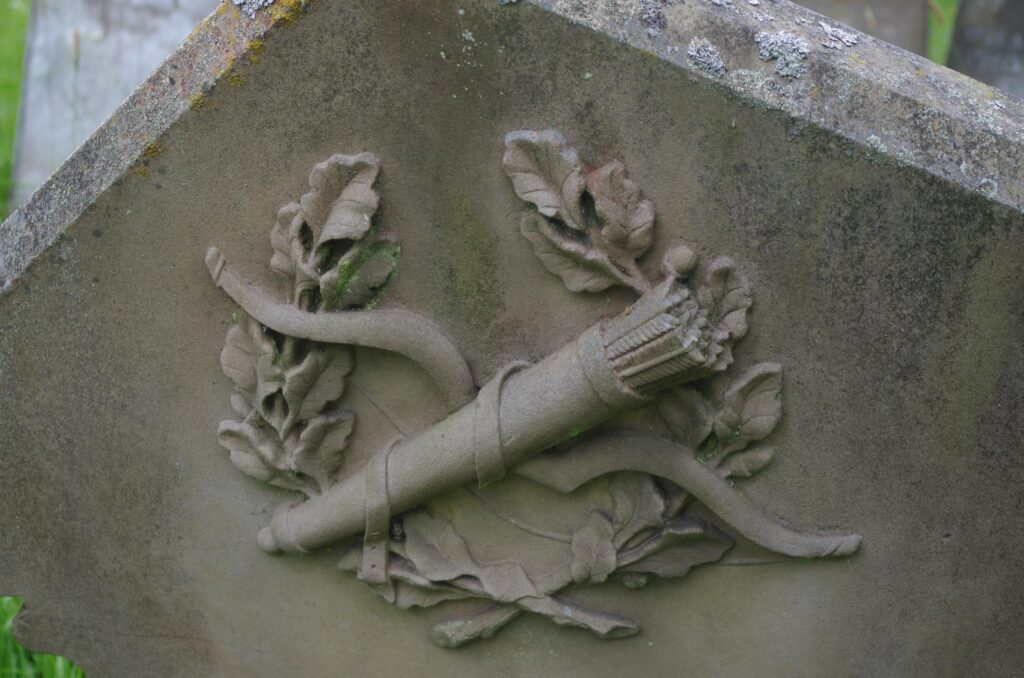
01
Arrows, Lances, Swords
Arrows, lances, and swords in funerary art often symbolize themes of mortality, divine judgment, and the triumph of the soul over death. Rooted in ancient and medieval iconography, these weapons were initially associated with gods or angels of death, such as the arrow of Apollo or the biblical Angel of Death. In Christian funerary art, swords and lances became tools of spiritual warfare, representing the soul’s struggle against sin and its ultimate victory through faith. Over time, their meanings diversified: arrows sometimes came to symbolize the fragility of life, while swords could signify valor, sacrifice, or the cutting of earthly ties.
02
Column, Broken
The broken column is a symbol for the end of life and more specifically life cut short. It attained favor in the funerary arts around the middle of the 19th Century and became one of the most popular mortality symbols because of its visual impact.
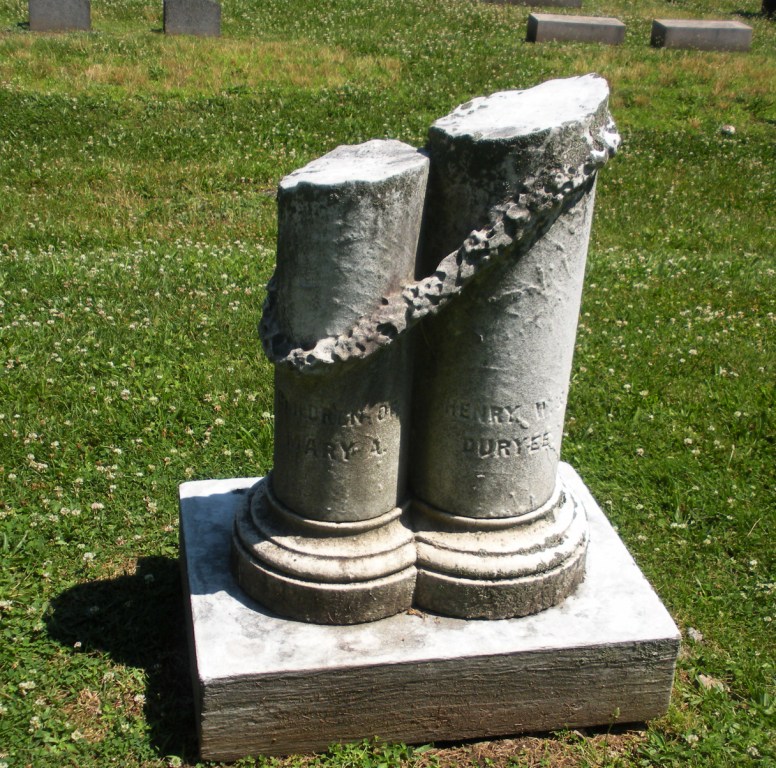
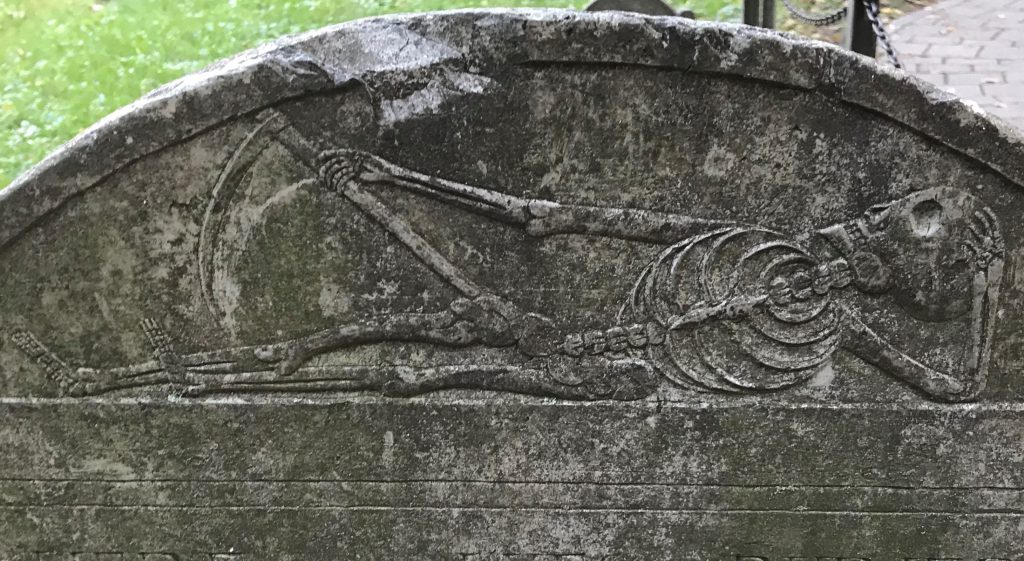
03
Grim Reaper
The Grim Reaper, personified as a cloaked figure wielding a scythe, evolved from medieval representations of death as a skeletal harvester. Rooted in European folklore and art, the Grim Reaper emerged during the Black Death in the 14th century, when mass mortality made death a pervasive presence. The scythe symbolized the harvesting of souls, likening death to the cyclical nature of agriculture. Over time, this figure became a universal emblem of mortality, appearing in literature, art, and popular culture. While initially a harbinger of fear, modern depictions sometimes imbue the Grim Reaper with nuance, presenting it as a guide or neutral force in the transition between life and death.
04
Hourglass
The symbolism is clear: time is passing rapidly, and every day, one comes closer to the hour of their death. A bolder interpretation of the hourglass suggest that since it can be inverted over and over again, it symbolizes the cyclic nature of life and death, heaven and earth. The hourglass can appear with wings or without.
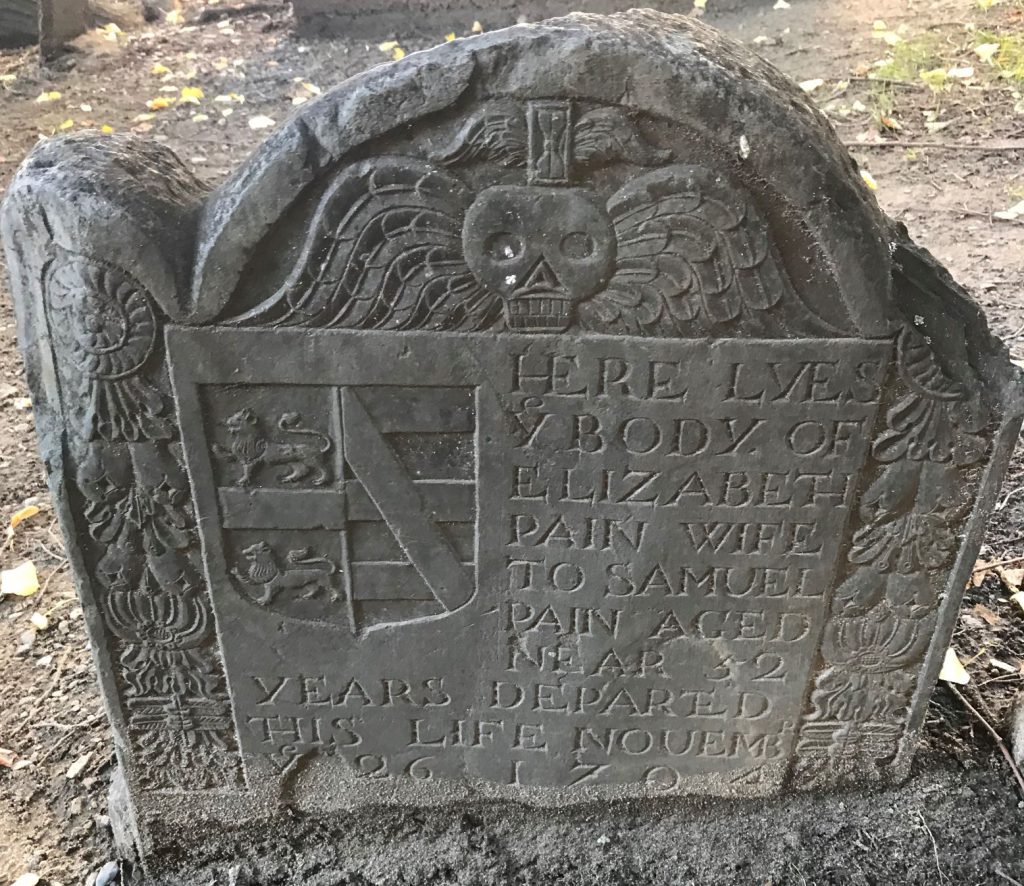
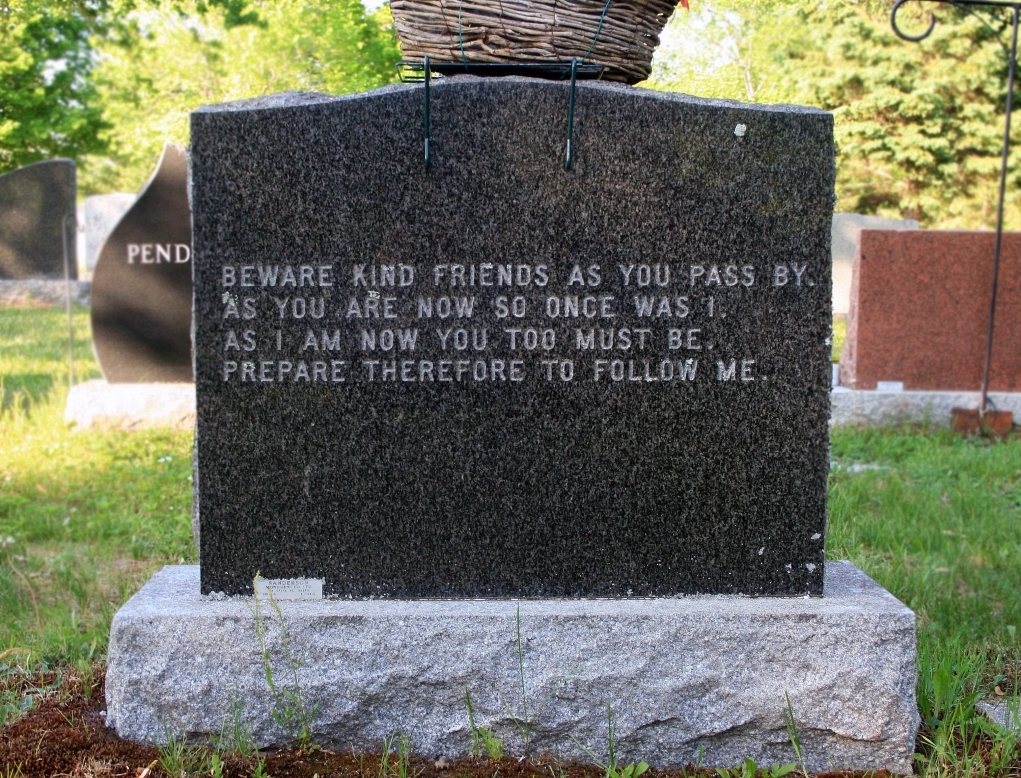
05
Memento Mori
A memento mori is an image (drawing, sculpture, or photograph) or an item (hair, locket, tear vial) that urged a person to “remember thy death.” this tradition was started in Europe in the late Middle Ages, most particularly with the Black Death and the “Dance of Death.” Memento more persisted through the 19th Century. It’s purpose is to remind us that death is an unavoidable part of life, something to be prepared for at all times.
06
Death’s Head
The death’s head motif in funerary art, often depicted as a skull with wings, emerged in the 17th century as a stark reminder of mortality and the inevitability of death. Rooted in Puritan beliefs, this memento mori symbol emphasized the transient nature of life and the need for spiritual readiness. Over time, as religious and cultural attitudes shifted during the Enlightenment, the grim and somber death’s head gave way to more optimistic symbols like cherubs and urns, reflecting a softened view of death as a passage to eternal rest rather than an abrupt end. This evolution mirrors broader societal changes in the perception of death and the afterlife.
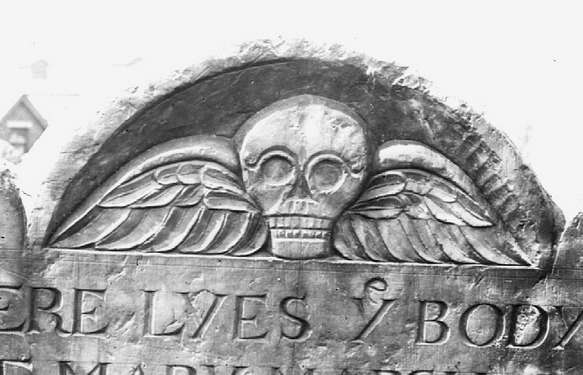
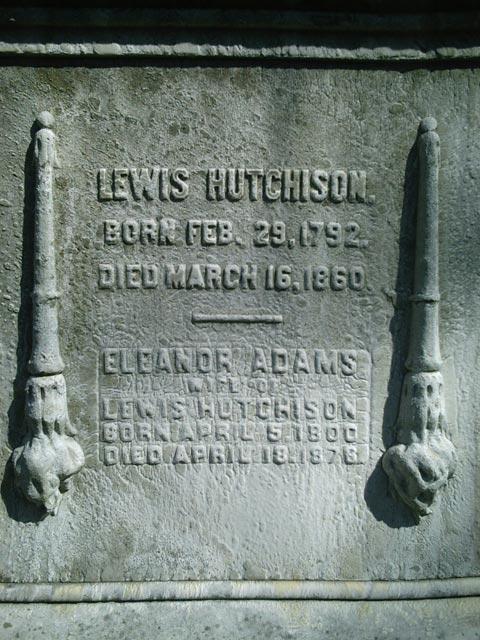
07
Torch, Inverted
The inverted torch is a purely funerary symbol. It is unlikely that it will be found anywhere but the cemetery. The inverted torch comes in tow forms: inverted with flame burning, which while symbolizing death, sugessts that the soul (fire) continues to exist in the next realm. The other version is an upside down torch without a flame, which simply means life extinguished.
08
Urn, Draped
Share The draped cinerary urn is probably the most common nineteenth-century funerary symbol. The drape can be seen as either a reverential accessory or as a symbol of the viel between earth and the heavens. The urn is to ashes as the sarcophagus is to the body, which makes the urn a very curious 19th century funerary device, since cremation was seldom practiced. The urn and the willow tree were two of the first funerary motifs to replace death’s heads and soul effigies when funerary symbolism started to take a softer air after the Revolutionary War.
